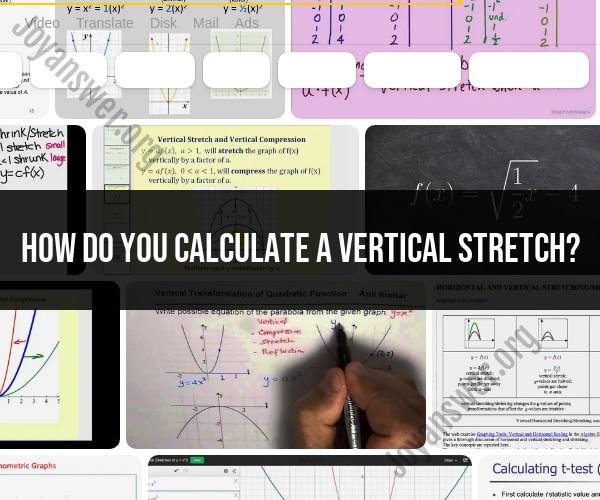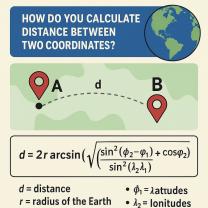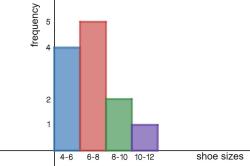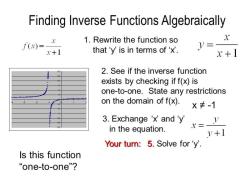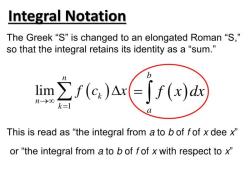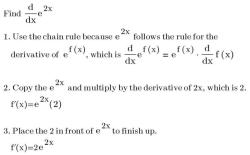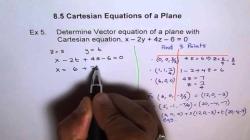How do you calculate a vertical stretch?
Vertical stretch is a mathematical transformation that affects the vertical coordinates of points on a graph. It involves multiplying the y-coordinates of points on a function's graph by a positive constant greater than 1. This stretches the graph vertically while keeping its horizontal position unchanged. The vertical stretch factor is denoted as "k."
Mathematical Method:
Consider a function y = f(x). To apply a vertical stretch, you modify the function to y = k * f(x), where "k" is the vertical stretch factor.
For example, if you have the function y = x^2 and you want to stretch it vertically by a factor of 2, the new function becomes y = 2 * x^2. This means that each y-coordinate is multiplied by 2, causing the graph to stretch vertically.
Applications:
1. Real-World Scaling:Vertical stretching is used to scale data in various fields. In physics, for instance, it can be applied to scale graphs representing motion, energy, or other quantities.
2. Financial Analysis:Vertical stretching can be applied to financial data, such as stock prices or interest rates, to visualize and analyze trends over time.
3. Engineering and Design:In engineering, vertical stretching can be used to scale graphs that represent properties of materials, structural forces, or other variables.
4. Economics:Economic data, such as inflation rates, GDP growth, and consumer spending, can be vertically stretched for analysis and forecasting.
5. Biology and Medicine:Vertical stretching can be used to analyze data related to growth rates, population sizes, and medical measurements.
6. Educational Applications:Educational materials often use vertical stretching to illustrate concepts like exponential growth or decay in mathematics or science classes.
7. Data Visualization:Vertical stretching is a valuable tool for creating clear and meaningful visualizations of data. It can help emphasize changes and trends in the data.
8. Art and Graphics:In art and graphic design, vertical stretching can be used to create visually appealing compositions with altered proportions.
9. Function Transformations:Vertical stretching is one of several transformations that can be applied to functions, altering their shapes and characteristics.
Important Considerations:
- A vertical stretch by a factor of "k" makes the graph "k" times taller. If "k" is greater than 1, the graph is stretched upward; if "k" is between 0 and 1, it's compressed downward.
- Vertical stretching affects the amplitude of periodic functions like sine and cosine.
- Combining vertical and horizontal transformations results in more complex transformations of graphs.
Vertical stretching is a versatile mathematical concept used across various fields to analyze and interpret data, visualize trends, and make predictions. Understanding how to apply vertical stretching allows for a deeper understanding of relationships within data and mathematical functions.
